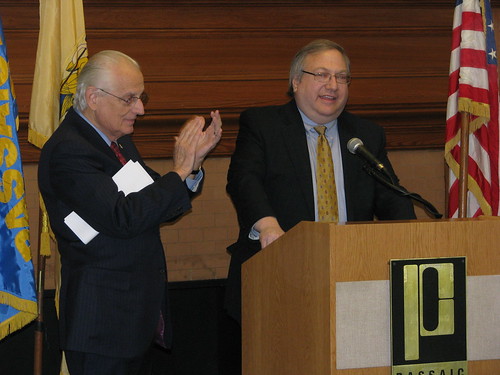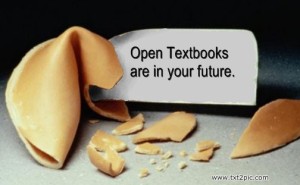I am sure from time to time you have sought out advice on your writing. I do it all of the time (I mean all of the time). Though I can’t help but wonder, whose advice can you trust? How does someone else’s advice on your writing affect how you write?
What about successful writers? What advice can they provide to help us get from draft to draft? What can they tell us about writing despite all odds? Writer’s Digest recently published an article called the “Top 90 Secrets of Best Selling Authors,” sharing top writer’s secrets from 90 years of their magazines. The article discusses how they got their ideas, dealt with reader bias/judgment, writing habits, process, publishing (preparation), and downright odd rituals.
I have put together a few secrets from each area of the article in hopes that it will inspire you not only to write, but continue to write.
Check out the full article at
Writer's Digest:
http://goo.gl/p0gNG
Thank you to
Writer's Digest for allowing us to re-publish part of the article.
INSPIRATION & IDEAS
“As writers we live life twice, like a cow that eats its food once and then regurgitates it to chew and digest it again. We have a second chance at biting into our experience and examining it. … This is our life and it’s not going to last forever. There isn’t time to talk about someday writing that short story or poem or novel. Slow down now, touch what is around you, and out of care and compassion for each moment and detail, put pen to paper and begin to write.”
—Natalie Goldberg
GETTING STARTED
“I have a self-starter—published 20 million words—and have never received, needed or wanted a kick in the pants.”
—Isaac Asimov
“I do a great deal of research. I don’t want anyone to say, ‘That could not have happened.’ It may be fiction, but it has to be true.”
—Jacquelyn Mitchard
STYLE & CRAFT
“You have to follow your own voice. You have to be yourself when you write. In effect, you have to announce, ‘This is me, this is what I stand for, this is what you get when you read me. I’m doing the best I can—buy me or not—but this is who I am as a writer.”
—David Morrell
“Oftentimes an originator of new language forms is called ‘pretentious’ by jealous talents. But it ain’t whatcha write, it’s the way atcha write it.”
—Jack Kerouac
PURPOSE
“I write in a very confessional way, because to me it’s so exciting and fun. There’s nothing funnier on earth than our humanness and our monkeyness. There’s nothing more touching, and it’s what I love to come upon when I’m reading; someone who’s gotten really down and dirty, and they’re taking the dross of life and doing alchemy, turning it into magic, tenderness and compassion and hilarity. So I tell my students that if they really love something, pay attention to it. Try to write something that they would love to come upon.”
—Anne Lamott
“The real writer learns nothing from life. He is more like an oyster or a sponge.”
—Gore Vidal
CHARACTERS
“A genuine creation should have character as well as be one; should have central heating, so to say, as well as exterior lighting.”
—James Hilton
“When you are dealing with the blackest side of the human soul, you have to have someone who has performed heroically to balance that out. You have to have a hero.”
—Ann Rule
PLOT & STRUCTURE
“For a book to really work, form and function must go hand in hand, just like with buildings, as any decent architect will tell you.”
—Tracy Chevalier
“Transitions are critically important. I want the reader to turn the page without thinking she’s turning the page. It must flow seamlessly.”
—Janet Evanovich
RITUALS & METHODS
“Write. Rewrite. When not writing or rewriting, read. I know of no shortcuts.”
—Larry L. King
“I try to write a certain amount each day, five days a week. A rule sometimes broken is better than no rule.”
—Herman Wouk
REVISION & EDITING
“… Falsely straining yourself to put something into a book where it doesn’t really belong, it’s not doing anybody any favors. And the reader can tell.”
—Margaret Atwood
“I’m a tremendous rewriter; I never think anything is good enough. I’m always rephrasing jokes, changing lines, and then I hate everything. The Girl Most Likely To was rewritten seven times, and the first time I saw it I literally went out and threw up! How’s that for liking yourself?”
—Joan Rivers
PUBLISHING
“If you have the story, editors will use it. I agree it’s hard. You’re battling a system. But it’s fun to do battle with systems.”
—Bob Woodward
“Publishers want to take chances on books that will draw a clamor and some legitimate publicity. They want to publish controversial books. That their reasons are mercenary and yours may be lofty should not deter you.”
—Harlan Ellison
READERS
“I don’t care if a reader hates one of my stories, just as long as he finishes the book.”
—Roald Dahl
“In truth, I never consider the audience for whom I’m writing. I just write what I want to write.”
—J.K. Rowling
Have any advice for writers? Tell us about it.



















